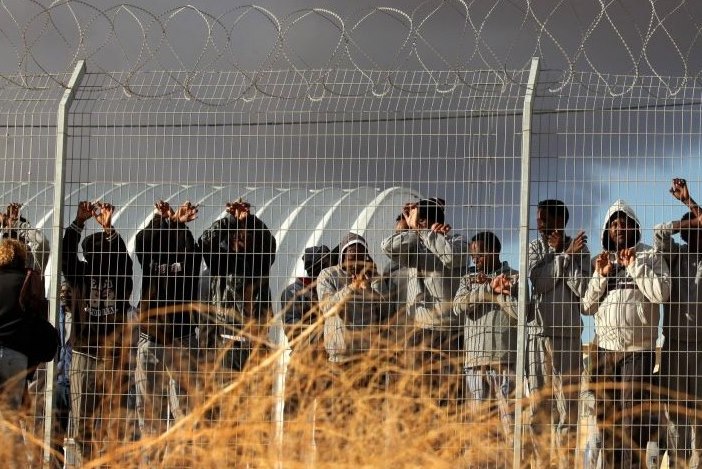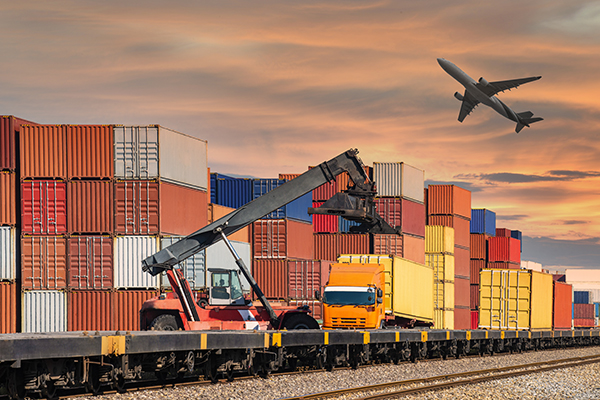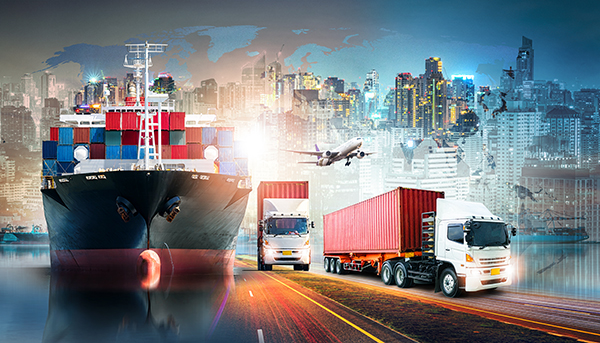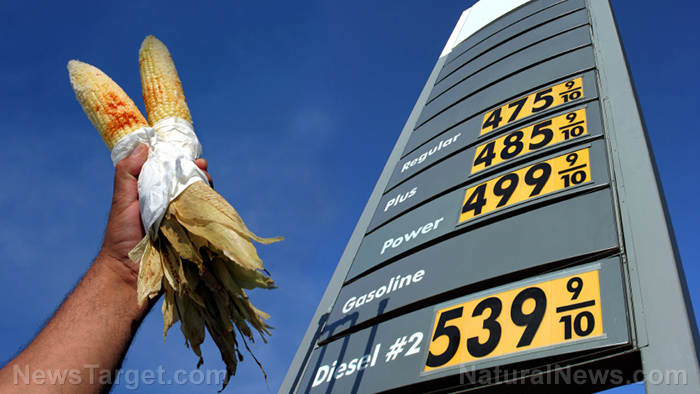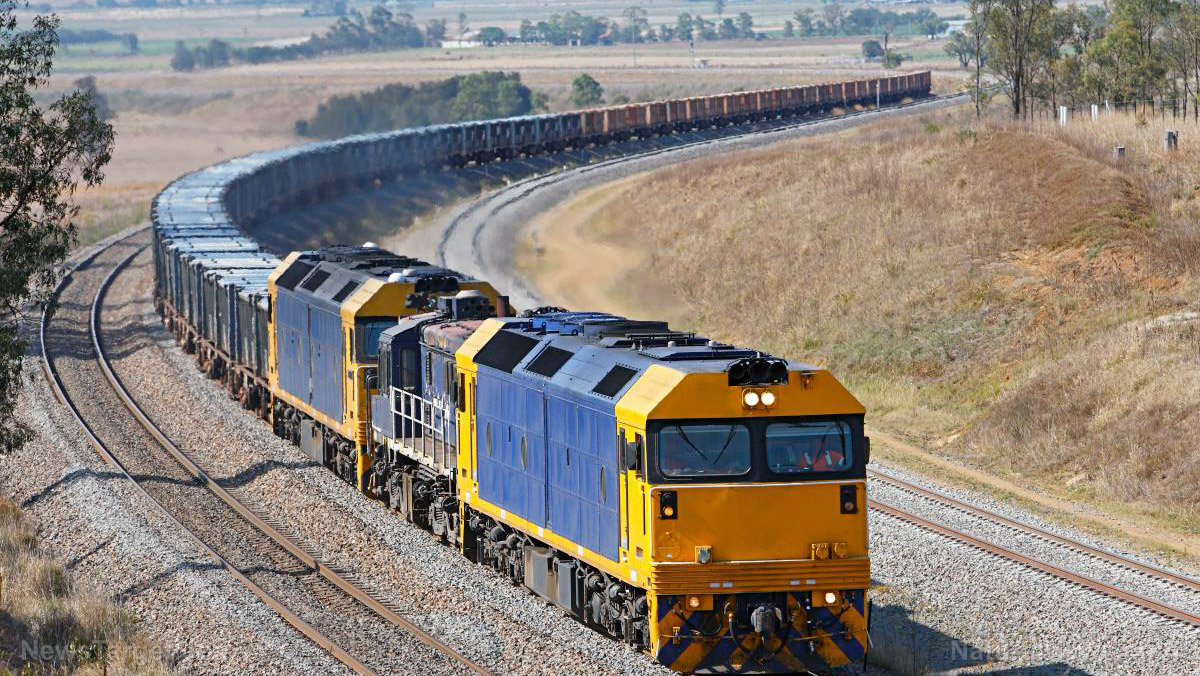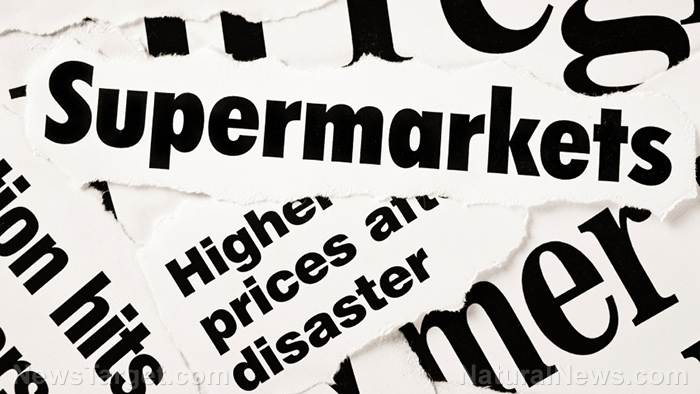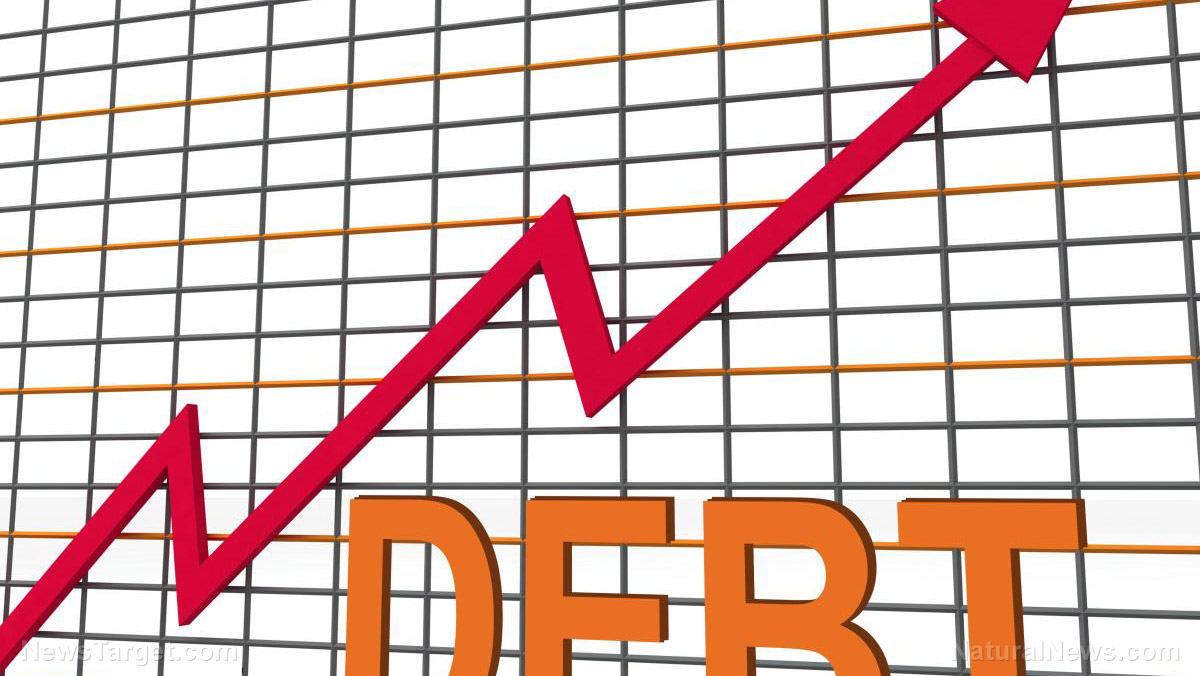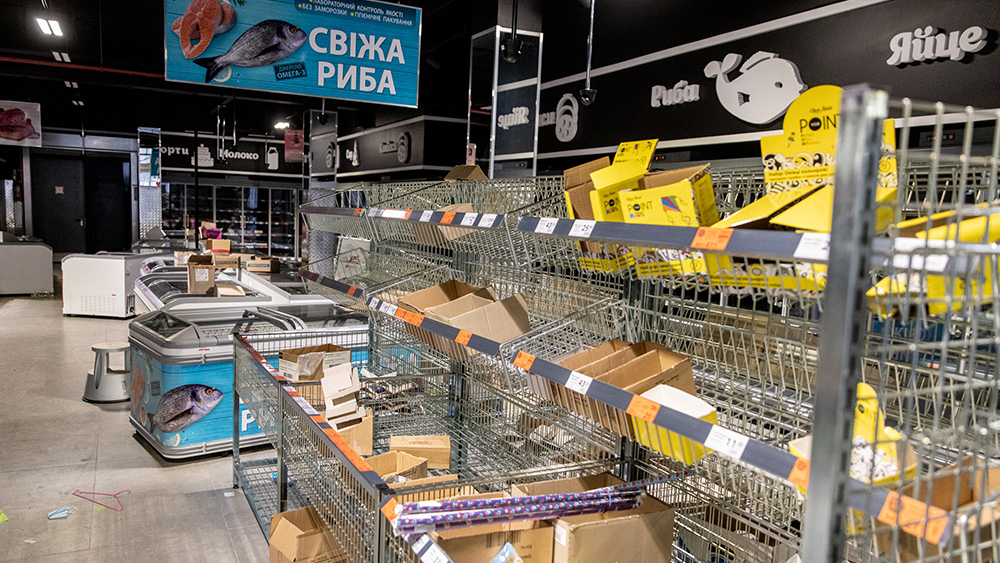Shipping companies at LA and Long Beach ports will be fined if containers stay in marine terminals too long
11/01/2021 / By Zoey Sky

Officials announced Monday, Oct. 25, that shipping companies at the ports of Los Angeles and Long Beach will eventually be fined if their containers get stuck in marine terminals for too long.
Before the pandemic-induced import surge, containers for local delivery only sat on container terminals under four days and containers destined for trains remained in ports for less than two days. Now, containers are getting stuck much longer, making it harder to clear cargo off the terminals and bring in ships at anchor.
Because of the delays, shipping containers are taking at least triple the time they normally take to get through major U.S. ports.
By Nov. 1, the Port of Los Angeles and the Port of Long Beach will be charging shipping companies with containers that are transported by either truck or by rail. Officials at San Pedro Bay Ports announced that the fines will be enforced to “improve cargo movement amid congestion.”
For containers transported by trucks, shipping companies will pay fines for each container that stays in marine terminals for nine days or longer. Meanwhile, shipping companies also face fines if containers transported by rail stay for three days or more.
Companies will be fined $100 per container. Additionally, fines increase in $100 increments per container per day.
Officials said that all fees collected will be re-invested into programs that can help improve efficiency, expedite cargo velocity and resolve congestion impacts throughout the San Pedro Bay.
Gene Seroka, executive director at Port of Los Angeles, released a statement to explain that expediting the movement of cargo through the ports will help reduce the number of ships at anchor.
At least 40 percent of the containers on terminals are transported by either trucks or rails. Seroka noted that clearing idling cargo, will open up more space on terminals “to accept empties, handle exports and improve fluidity” for all the cargo owners who use ports in Los Angeles and Long Beach.
Because of the escalating backlog of ships off the coast, the authorities must act immediately to facilitate the timely removal of containers from marine terminals. Doing so will make room for the containers stuck on ships at anchor.
Shortages and disruptions will take longer to solve
The new policy was developed in collaboration with the Biden-Harris Supply Chain Disruptions Task Force, the Department of Transportation and several supply chain stakeholders.
Despite President Joe Biden’s attempts to ease supply shortages and disruptions before Christmas, experts warn that the process will take longer to solve. (Related: Truckers voice frustration with cargo vessel backlog at West Coast ports as supply chain disruptions worsen.)
According to economists at Goldman Sachs, there are at least 77 ships currently waiting outside docks in the ports of Los Angeles and Long Beach. The ships are carrying almost $24 billion worth of goods waiting to be offloaded.
There are at least 250,000 containers of goods currently stacked up on the docks because of delayed pickups from chassis shortages and a lack of space in railyards and warehouses. The supply chain shortage is then causing dozens of ships to back up at anchor outside the ports.
Earlier in October, the White House released a statement to announce that it received confirmation from companies like FedEx, UPS and Walmart, along with the Port of Los Angeles, to increase the number of shifts. The companies did so to address various obstacles like labor shortages, a backlog of container ships and warehousing issues.
According to the federal government, it will be working with multiple stakeholders across the supply chain for a 90-day period until the end of 2021 to mitigate bottlenecks.
Follow Bubble.news for more news related to the ongoing supply chain crisis.
Sources include:
Submit a correction >>
Tagged Under:
big government, bubble, California, collapse, increased demand, logistics, market crash, port congestion, Port of Long Beach, Port of Los Angeles, risk, shipping, stupid, supply chain, supply issues, White House
This article may contain statements that reflect the opinion of the author
RECENT NEWS & ARTICLES
SupplyChainWarning.com is a fact-based public education website published by SupplyChainWarning.com Features, LLC.
All content copyright © 2021 by SupplyChainWarning.com Features, LLC.
Contact Us with Tips or Corrections
All trademarks, registered trademarks and servicemarks mentioned on this site are the property of their respective owners.

